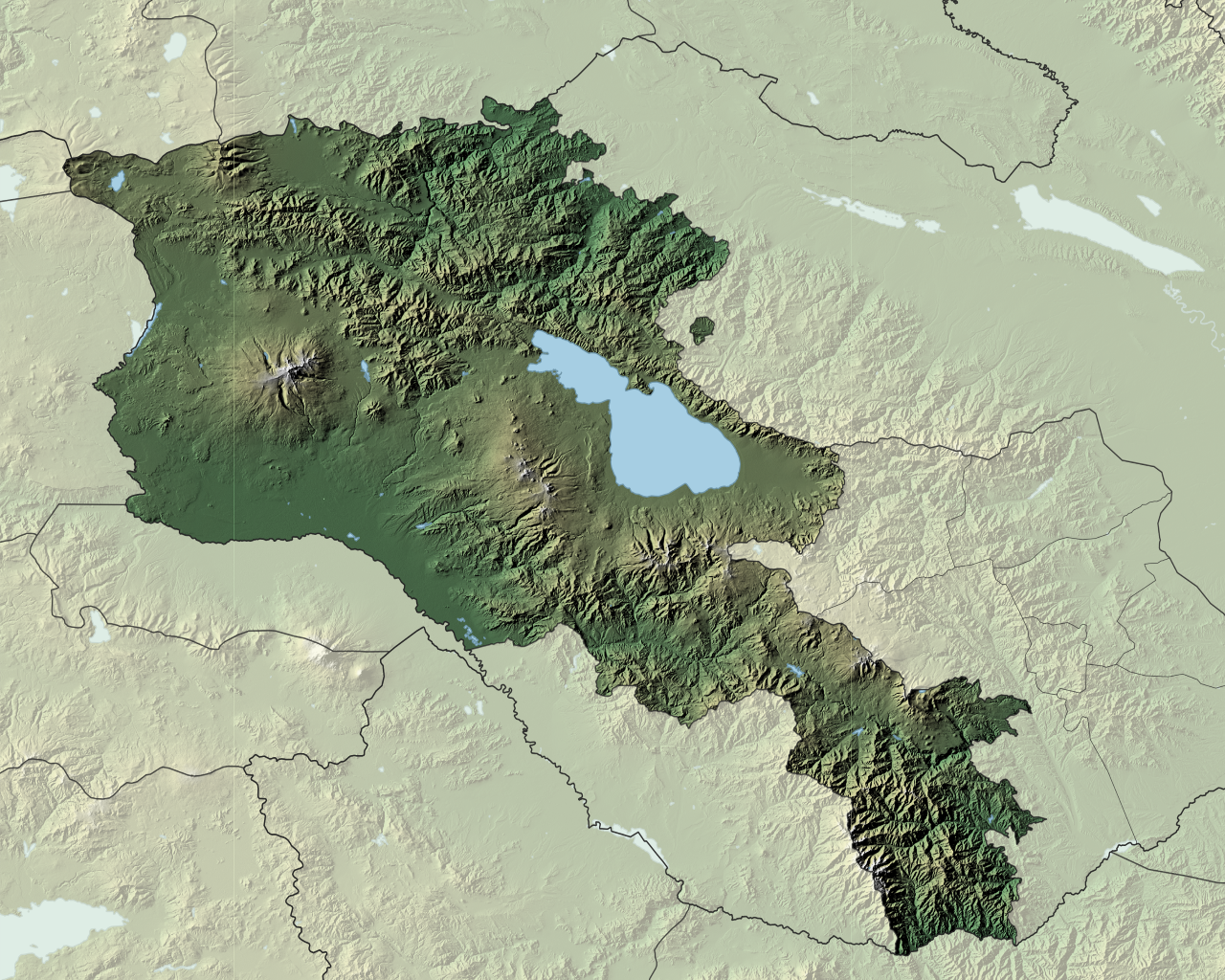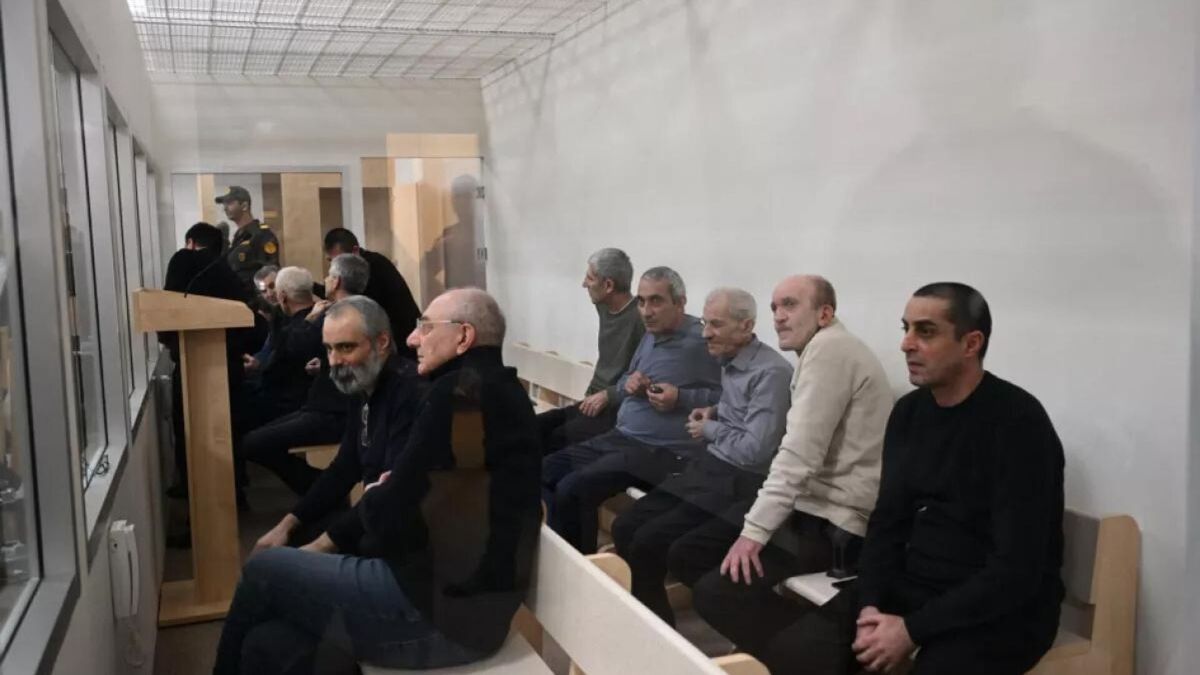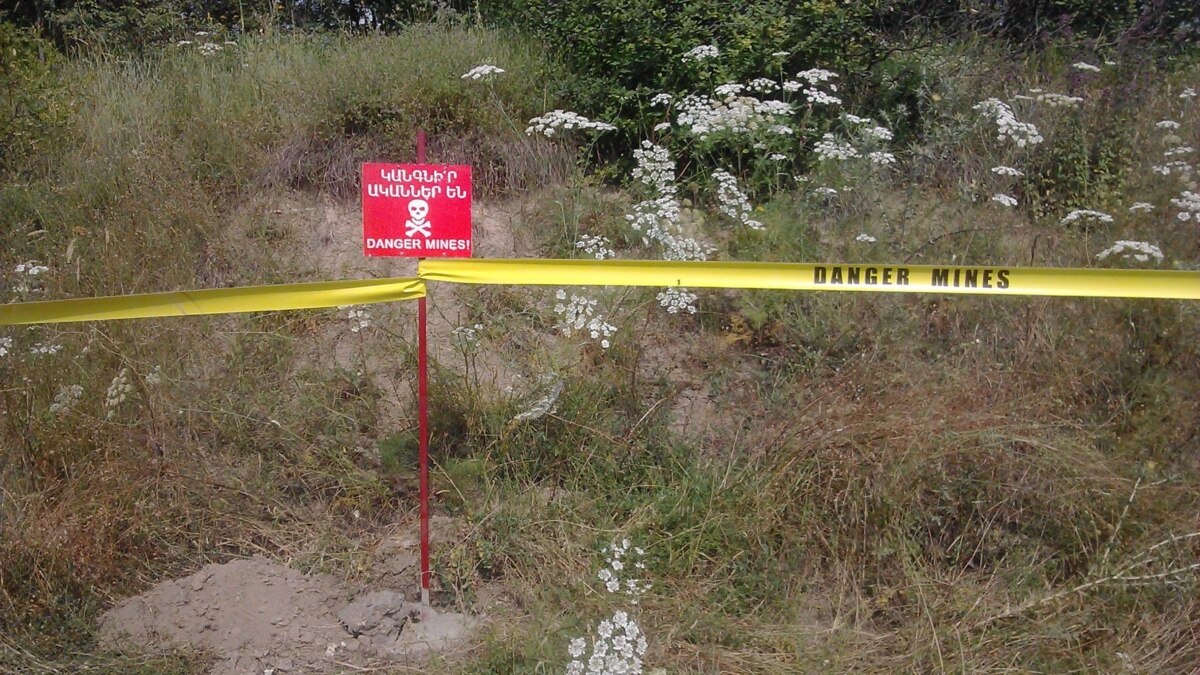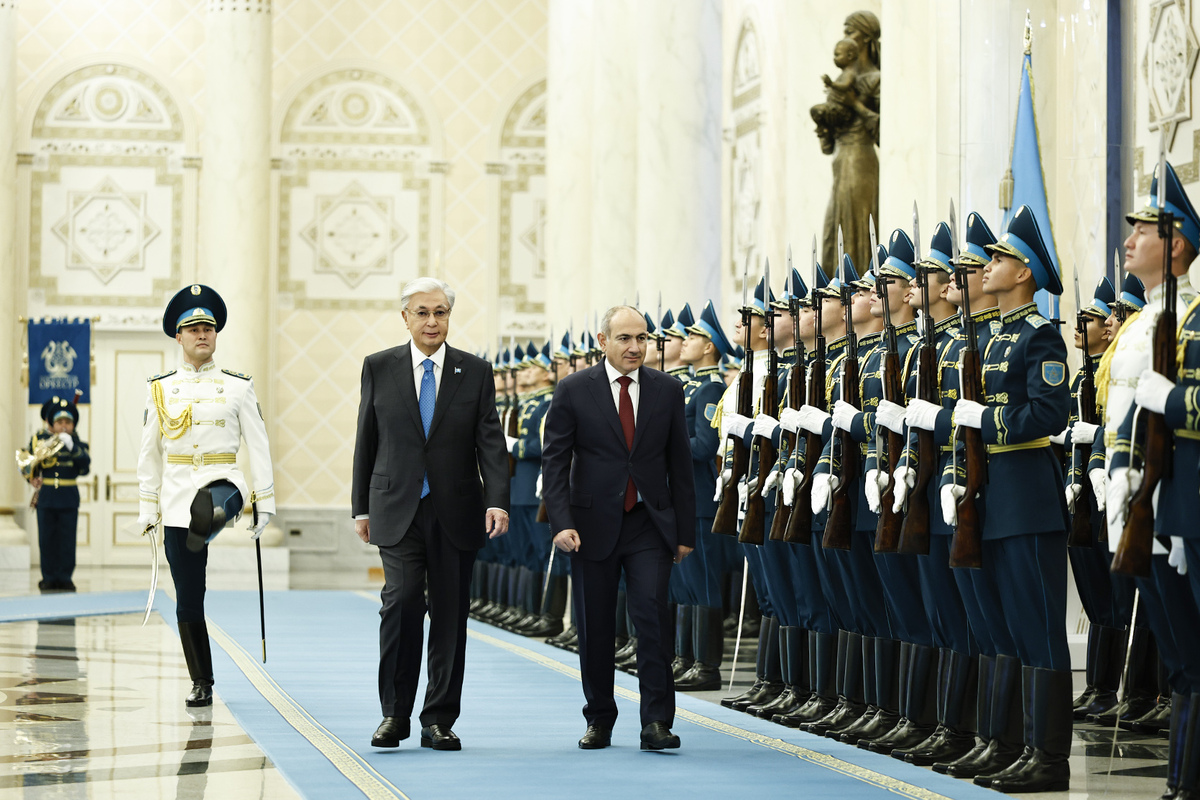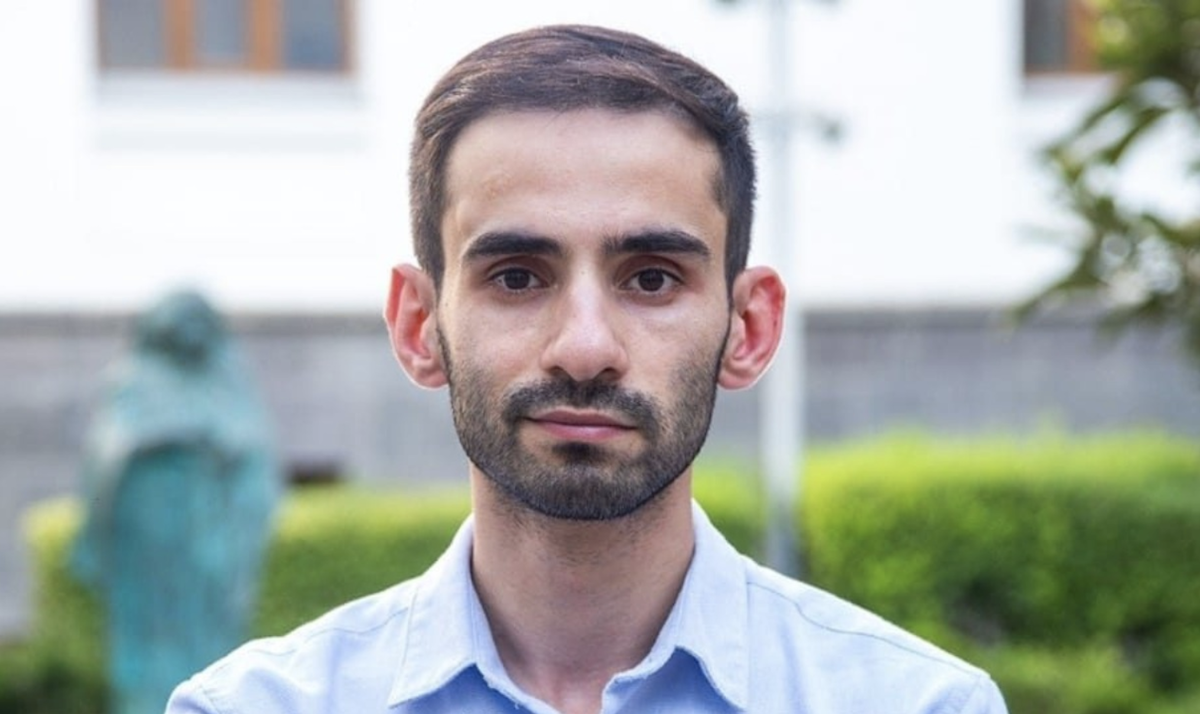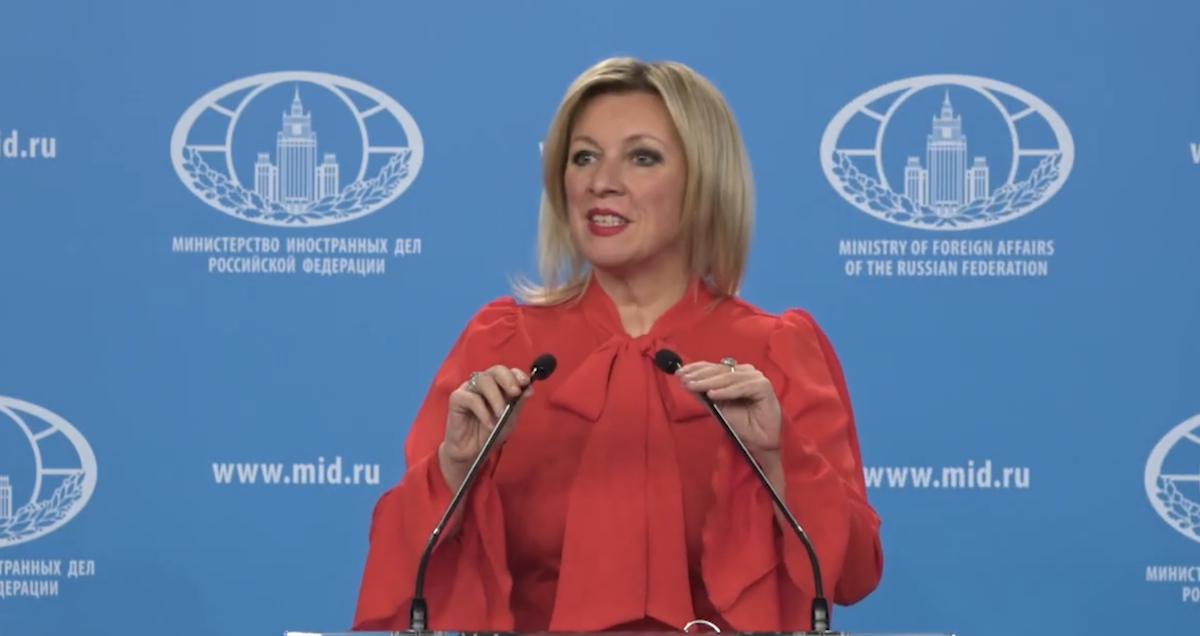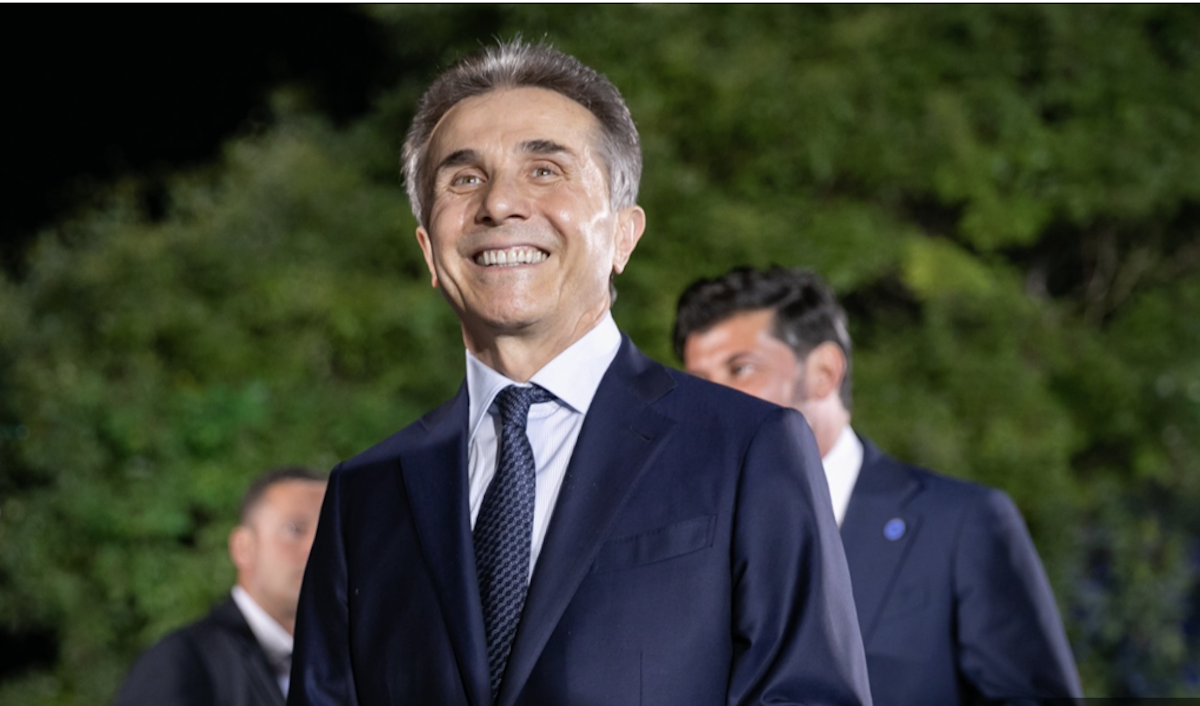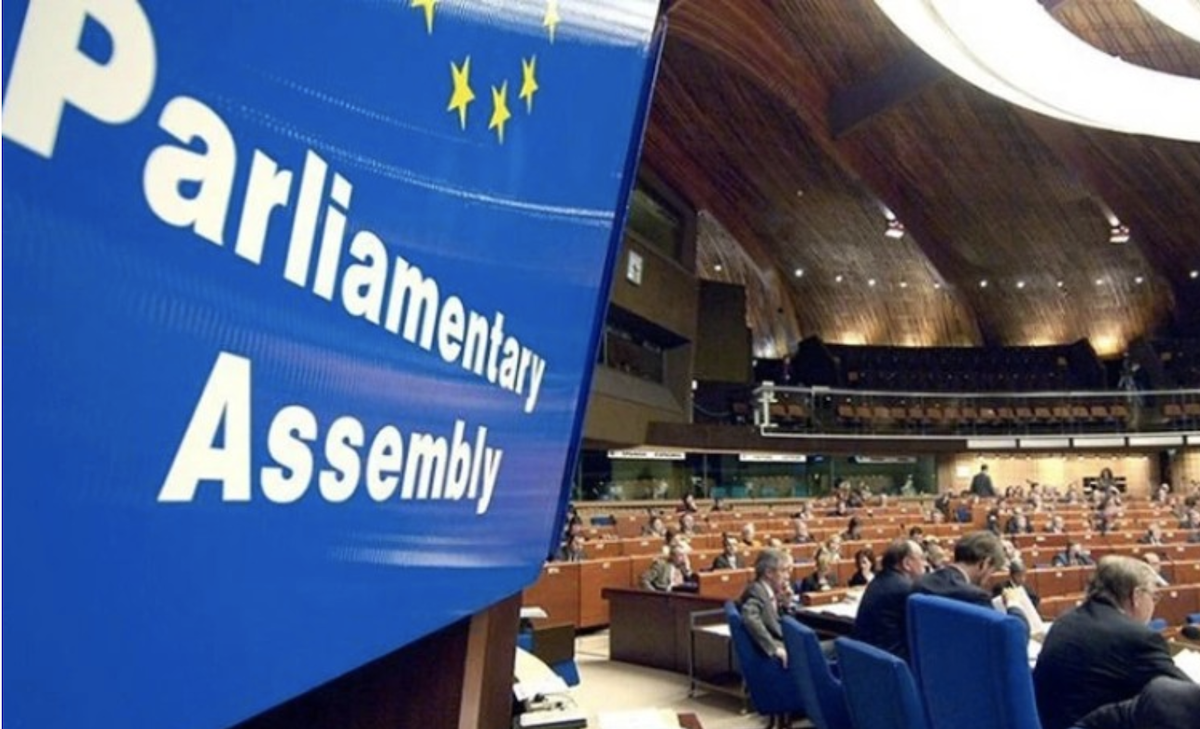'Baku rewrites history and threatens Armenia' - on ‘Western Azerbaijan’ narrative
Western Azerbaijan narrative
Recent developments in Armenia–Azerbaijan relations sparked growing concern among the Armenian public. Under pressure from Baku, Armenia’s leadership has agreed to key conditions for signing a peace treaty, including the withdrawal of international legal claims and third-party forces from Azerbaijan’s borders. However, behind the façade of “peace,” new demands from Baku continue to emerge. According to Armenian analysts, this is part of a “deliberate propaganda campaign” centred around the narrative of “Western Azerbaijan” — a term the Azerbaijani authorities use to refer to the entire territory of Armenia.
This narrative has been promoted in Azerbaijani society for quite some time — from school education to media coverage. Statements by President Ilham Aliyev and other senior officials, the establishment of the “Western Azerbaijan Community,” and increasingly hostile rhetoric towards Armenians all point to long-term strategic intentions.
Armenian experts see this as a threat not only to Armenia but to regional stability as a whole.
Moreover, they argue that Yerevan’s restrained response to Baku’s aggressive narrative only “gives Azerbaijan a free hand,” undermining Armenia’s security and even its right to exist.
Particularly alarming are statements such as this one by President Aliyev: “Armenia was never present in this region before. Present-day Armenia is our land. When I repeatedly said this before, they tried to object and allege that I have territorial claims. I am saying this as a historical fact.”
In response, Armenian Prime Minister Nikol Pashinyan has occasionally acknowledged that Armenia has reason to believe Azerbaijan harbours territorial ambitions. He cites the “Western Azerbaijan” narrative as the clearest example, arguing that it directly challenges Armenia’s territorial integrity: “Western Azerbaijan refers only to the western regions of Azerbaijan. There can be no such thing as Western Azerbaijan on Armenian territory.” Nonetheless, the Armenian authorities have not made much noise about it.
Azerbaijan expert Tatevik Hayrapetyan discusses whether Baku is truly preparing for peace — and why it continues to describe all of Armenia as “Western Azerbaijan.”
- Baku purchased over $2 billion worth of weapons in 2024: Armenian expert explains why
- Armenia drops search for Azerbaijani who beheaded elderly Armenian man — but why?
- ‘There will be no war, there will be peace’ and other statements by Pashinyan in Armenia’s parliament
Commentary by Azerbaijan expert Tatevik Hayrapetyan
Armenia’s concessions have given Azerbaijan free rein
“As a result of significant concessions from Armenia, the two sides agreed on the text of the so-called ‘peace agreement.’ The Armenian authorities accepted nearly all of Azerbaijan’s conditions. This was officially announced on 13 March 2025. Immediately after, Baku launched a disinformation campaign, accusing Armenia of ceasefire violations along the border.
However, the situation is far more complex — and dangerous — than it appears at first glance.
Public discourse in Azerbaijan, including broadcasts on state television and educational materials in schools and universities, is saturated with a consistent and large-scale anti-Armenian propaganda campaign.
While anti-Armenian rhetoric is not new in Azerbaijan, its current scale became possible after a key moment: in October 2022, during talks in Prague, Armenian Prime Minister Nikol Pashinyan officially recognised Artsakh, the Republic of Nagorno-Karabakh, as part of Azerbaijan.
This statement gave Azerbaijan’s president a free hand. On 24 December that year, he declared: there has never been an Armenia on this territory — present-day Armenia is historically Azerbaijani land.
Such rhetoric, fuelled by a powerful propaganda machine, signals a growing threat that goes far beyond the Karabakh issue.”
Aliyev’s position
During a meeting with the so-called “Western Azerbaijan Community,” President Ilham Aliyev stated:
“[…] we must present these facts in a focused and organized manner, in a correct form. And I am sure we will achieve that.In parallel with this, let us work together on returning to Western Azerbaijan. Now that the Karabakh conflict has been resolved, this is the issue on our agenda. Of course, it was premature to talk about it before the Karabakh conflict was resolved. But we should not waste any time now. A Concept of Return should be developed. Again, it should be a peaceful concept. We should proceed from the provisions of all relevant international conventions and seek our rights based on that. There must be a Concept of Return.“
Baku is actively promoting the idea of “Western Azerbaijan” now — after the capture of Artsakh. Aliyev emphasises that he deliberately avoided this topic while the Karabakh conflict remained unresolved. And indeed, in 23 years of rule, he had never publicly mentioned “Western Azerbaijan.” While there had previously been claims to Yerevan, Sevan, and Syunik, such open statements casting doubt on Armenia’s very existence had not been made.
It is evident that Aliyev understood the absurdity and risks of this claim within the framework of his expansionist agenda — and refrained from public discussion of it while the Karabakh issue remained unresolved.
In May 2023, ruling party MP Malahat Ibragimgyzy confirmed that raising the “Western Azerbaijan” issue earlier would have complicated the resolution of the Karabakh question. She stressed that before focusing on “Western Azerbaijan,” Stepanakert needed to be “liberated.” Now that it is under Azerbaijani control, she said, it is time to speak openly about the next objective.
Meaning behind “Western Azerbaijan” narrative promotion
It is important to understand that this is not about the return of Azerbaijani refugees or the restoration of their rights.
This refers to the imposing of a false name — “Western Azerbaijan” — on the territory of the Republic of Armenia, a term with no geographical, political, or historical basis.
This term is part of a propaganda campaign that reveals Baku’s long-term expansionist goals.
Demographic picture of the region based on Soviet census data from 1979 and 1989:
In 1979, 160,841 Azerbaijanis lived in Soviet Armenia. By 1989, that number had dropped to 84,860.
At the same time, in Soviet Azerbaijan (excluding Karabakh), there were 352,410 Armenians in 1979, and 123,076 in Karabakh — totalling 475,486 Armenians across Azerbaijan.
By 1989, the number of Armenians in Azerbaijan (excluding Karabakh) had fallen to 245,000, while in Karabakh it rose to 145,450.
The sharp decline in the Armenian population in Azerbaijan is linked to the pogroms in Sumgait, Baku, Kirovabad, and other cities. These events, which require no further proof, were widely reported in the press and on television. Criminal cases were initiated during Soviet times, although later they were often classified merely as hooliganism.
Embedding narrative in education system
Ilham Aliyev’s speech on 24 December 2022 marked the launch of a large-scale propaganda campaign around the idea of “Western Azerbaijan.”
Baku’s state machinery initiated a dedicated TV channel, online platforms, and a series of films, aggressively promoting the idea that Armenia’s territory is “historically Azerbaijani land.” The National Television and Radio Council of Azerbaijan officially sanctioned this campaign, ensuring its continuous broadcast.
Alongside this, the expansionist narrative entered the education system. In the 2023–2024 academic year, Azerbaijani history textbooks underwent radical changes.
From a statement by MP Malahat Ibragimgyzy:
“Before creating a corner on Western Azerbaijan, textbooks on its history, culture, and art must be included in the curriculum. This process should be comprehensive. First, we must conduct educational work through books and rewrite our history of Western Azerbaijan into the textbooks.”
And so it was. Today, Azerbaijani textbooks portray the entire territory of Armenia as “Western Azerbaijan.”
An excerpt from a 5th-grade history textbook published in Azerbaijan in 2024 reads:
“The Moscow leadership handed over part of the lands belonging to the Azerbaijan SSR to the Armenian SSR, including Sharur-Daralayaz and Western Zangezur. As a result, Azerbaijan was separated from Nakhichevan. Our compatriots, forcibly expelled from their ancestral lands, later formed the Western Azerbaijan Community. This community now appeals to international organisations to protect our historical heritage and the rights of displaced persons. They continue to fight for their return to their homeland.”
It is in 5th grade that children first begin to study history — absorbing these ideas from an early age.
Armenians are depicted in these materials as enemies and traitors.
A broadcast on state-run AzTV on 6 April 2025 stated that “the Armenian genetic code contains no desire for peace — only terrorism, vandalism, aggression, and genocide.”
Earlier, on 31 March, Armenian territory was presented as “Western Azerbaijan,” including footage from Talin and Agarak in Armenia’s Aragatsotn Province.
Such systematic propaganda — especially when embedded in the education system — distorts young people’s perception of history and lays the ideological groundwork for Baku’s aggressive policies.
Institutionalising narrative
In January 2024, the Centre for “Western Azerbaijan” Studies was established at the Azerbaijan State Pedagogical University. At the opening ceremony, participants declared “Western Azerbaijan” to be “an integral part of their homeland and one of the new goals of the Azerbaijani state and nation.” Earlier, in October 2023, a similar centre was opened at Baku State University.
The creation of such institutions reflects the seriousness and danger of Baku’s intentions, which go far beyond the threatening rhetoric of its political leadership.
The institutionalisation of the “Western Azerbaijan” idea within the academic sphere underscores the systematic nature of the propaganda campaign.
It aims to legitimise territorial claims against Armenia and to build a new ideological foundation for Azerbaijan’s aggressive policy.
Yerevan must deliver political response
Armenia should not be afraid. On the contrary, Azerbaijan’s aggressive policy offers Yerevan an opportunity to expose Baku’s true expansionist goals.
Armenia has every historical and geographical basis to convincingly refute Azerbaijan’s false claims and use them to defend its own security.
Baku is pursuing its strategy at the state level, and Yerevan is obliged to deliver a clear political assessment of this threat — one that affects not only Armenia but the stability of the entire region.
Armenia’s silence does not lead to peace. It merely encourages Azerbaijan, allowing it to promote absurd narratives with impunity.
Yerevan’s passivity has reached the point where Ilham Aliyev boldly voices his claims in the presence of foreign diplomats.
While experts and those familiar with the situation understand the absurdity of his statements, there are regions in the world where the truth is unknown — and Baku’s falsehoods spread easily thanks to financial influence.
Azerbaijan’s policy must be turned against itself, rather than strengthened through silence. Armenia, as the main party able to expose these plans, must act decisively to protect itself and the region from a growing threat.










